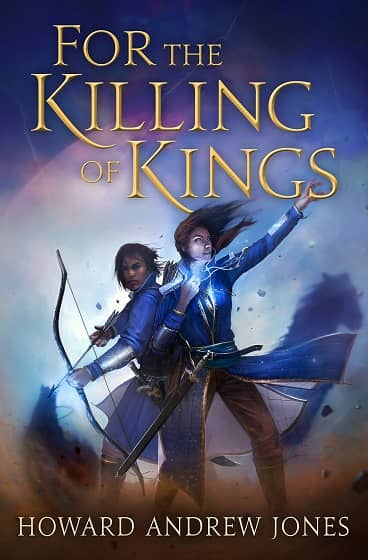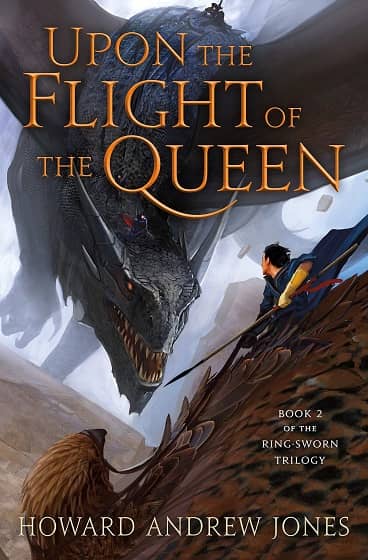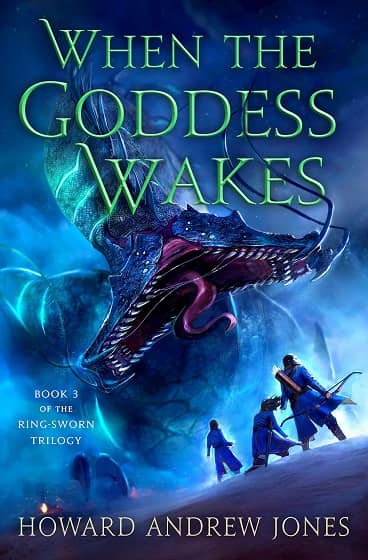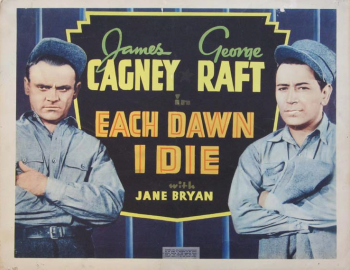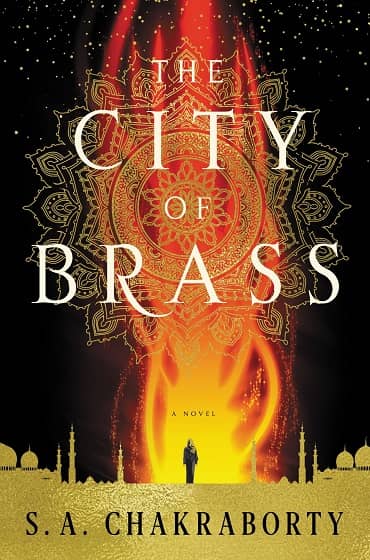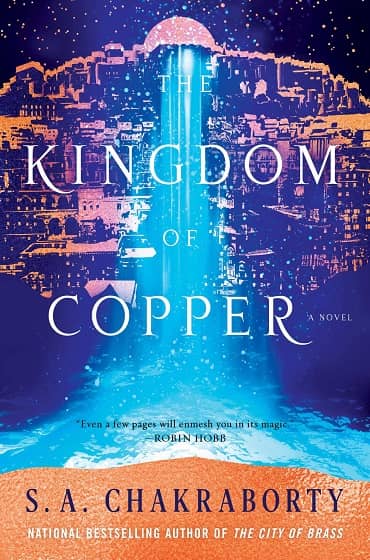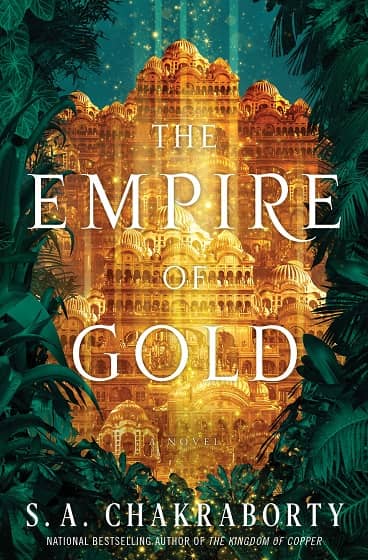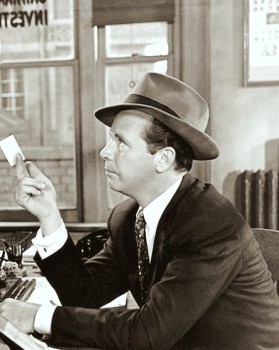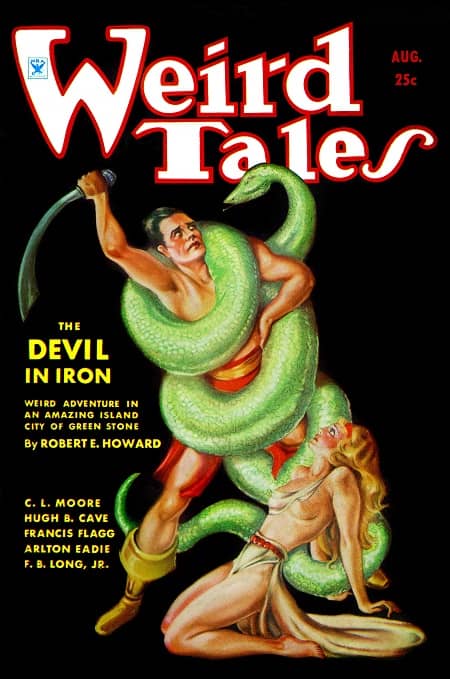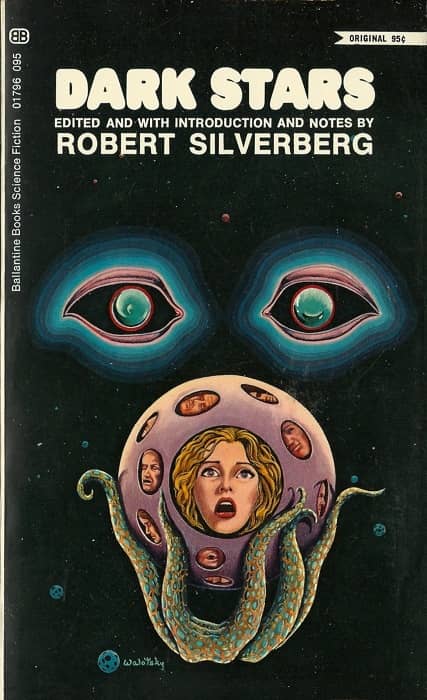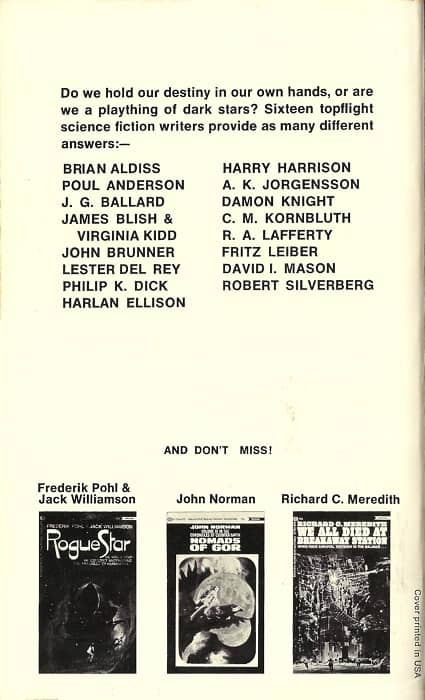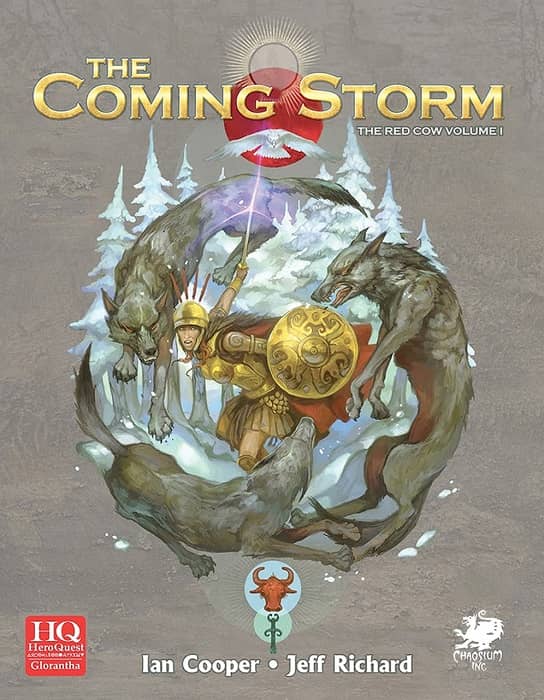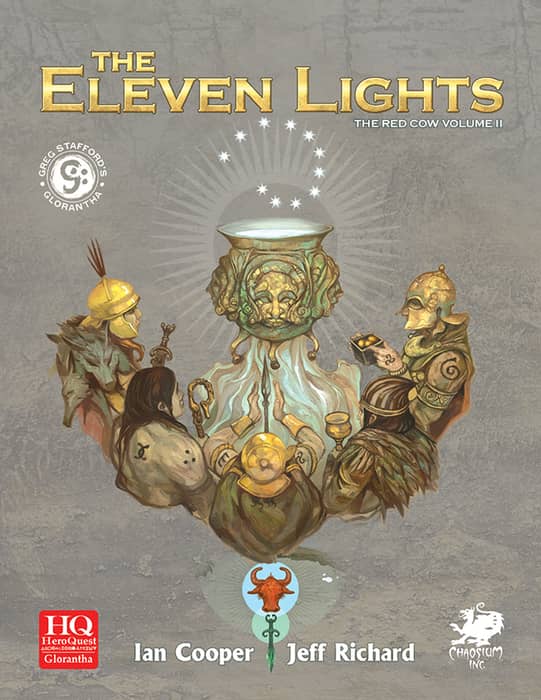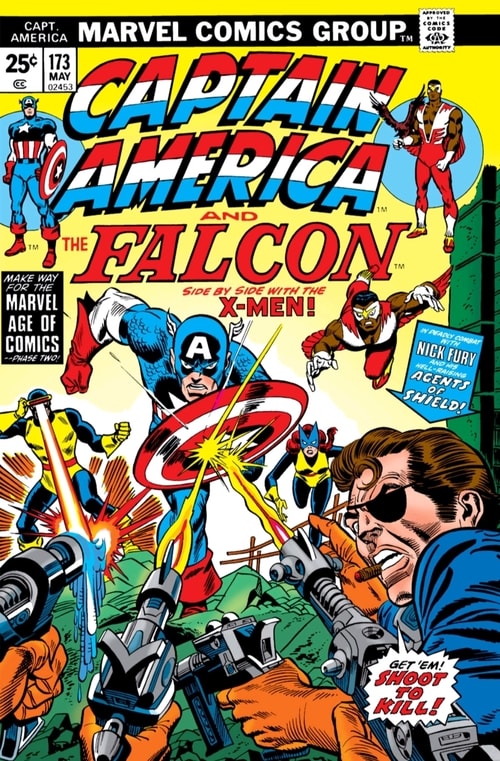If I Were a Movie Maker: Dell Science Fiction Reviews
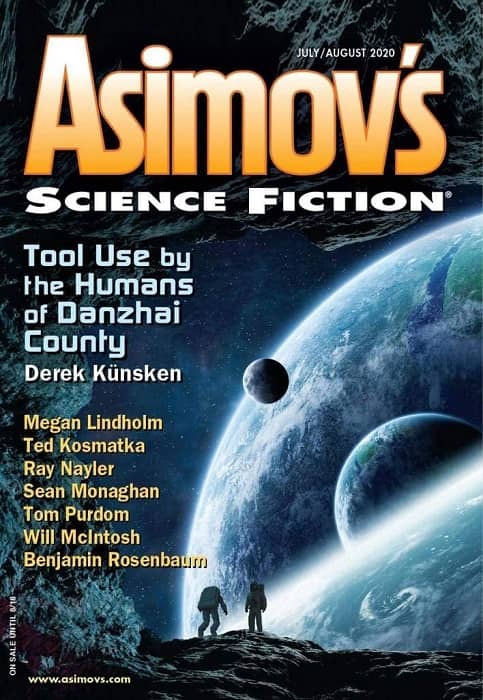 |
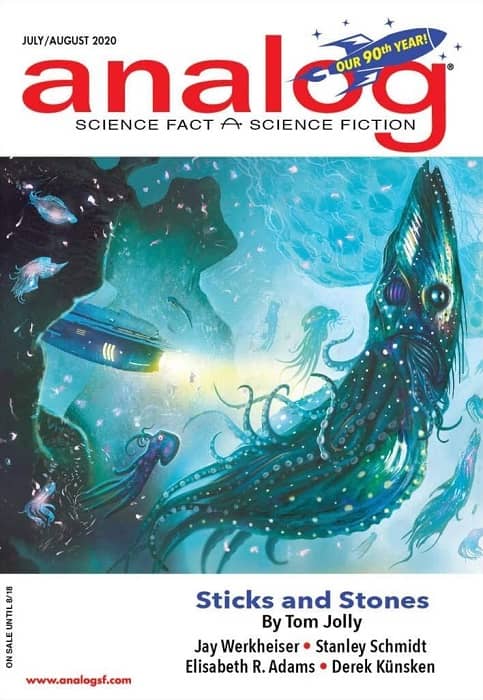 |
Analog cover by Dominic Harman
This issue of Asimov’s starts out with a bang, with two standout stories.
In a perfect world, the first of them, “Nic and Viv’s Compulsory Relationship,” by Will McIntosh, will be optioned for a feature length romantic comedy starring the latest and hottest Hollywood crushes. The female lead will be played by someone who can convincingly be a pragmatic professional. The male lead will be well-liked and unpretentious.
We also should enjoy the two other important cast members — the people with whom our heroes are not supposed to be — despite their too-obvious flaws. They’re just not right for our true lovers, and it’s no one’s fault, really.
Here’s the plot: the city manager, an A.I. (a fourth, important casting choice), endeavoring to make her city even happier, forces our two leads to go on a series of dates. Even though these two individuals already are “in love” and engaged to others, the A.I. insists that this is a mistake: she has analyzed the data and she insists that our favorite potential couple actually is meant for each other. Romantic comedy gold, right?
With the bonus of a sci-fi element. Of course, setting these two up as a test run for the A.I.’s eventual all-city dating service is only part of the story. If you want to know more — and if the A.I. is right, if these two actually are “meant” for each other — you will have to read the tale. Or, better yet, in that perfect world, wait for the movie.
